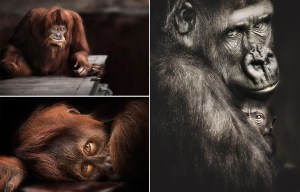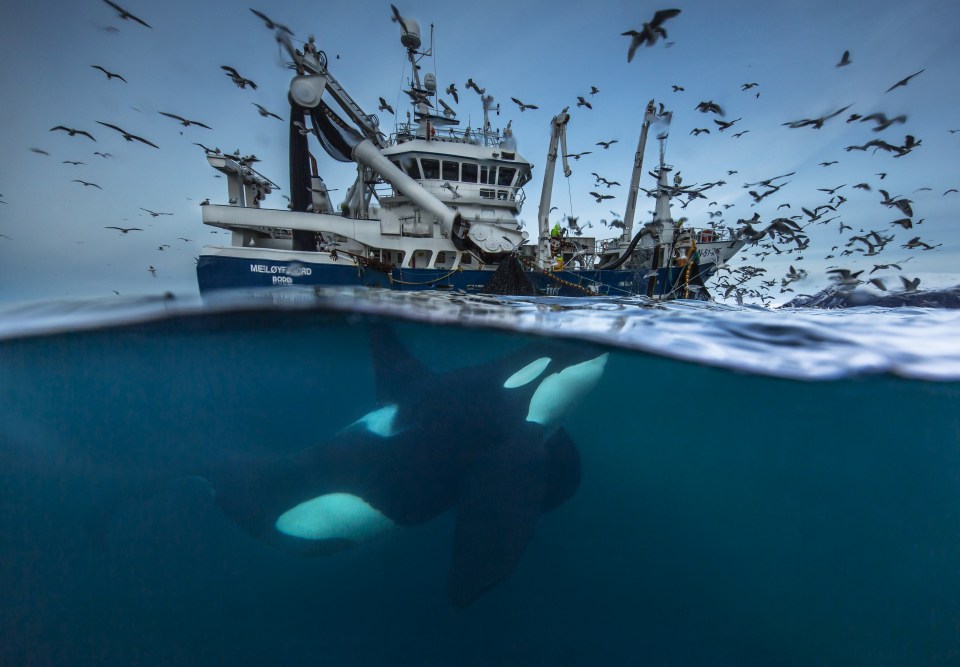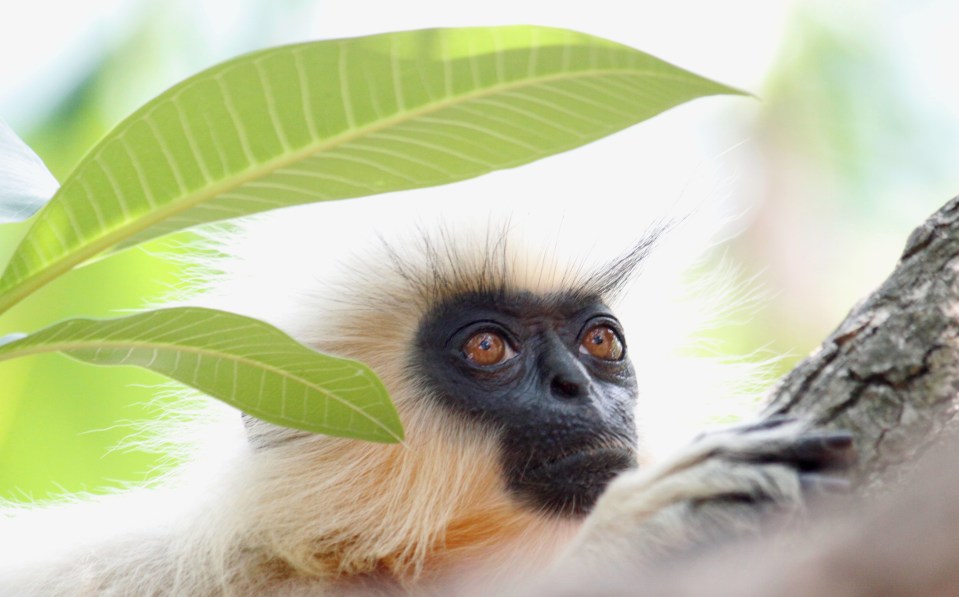Wildlife Photographer of the Year 2016 pics feature a lion toying with a pangolin, a shoal of disappearing fish and a cheeky fox
The shortlisted images were chosen for their creativity, originality and technical excellence

THESE are the incredible photographs are the finalists in the Wildlife Photographer of the Year competition.
Featuring an array of creatures, from a brightly coloured cuttlefish trying to attract a partner, to a pipistrelle bat caught in mid-flight, these stunning snaps are the best natural shots to have been taken over the last year.
Nosy neighbour: By Sam Hobson, from the UK
This cheeky fox was snapped by Sam Hobson, from the UK. Sam managed to capture the inquisitive nature of the animal when he set his camera upon a wall one summer's evening in a suburban street in Bristol.
Sam says he wanted to capture the urban red fox in a way that would “pique the curiosity” of its human neighbours about the wildlife around them. Sam spent weeks scouting for the ideal location, a quiet, well-lit neighbourhood, where the foxes were used to people .
Sam sat in one fox family's territory for several hours every night until her gradually began to ignore his presence.
RELATED STORIES
Crystal precision: By Mario Cea from Spain
This pipistrelle bat was captured by Mario Cea from Spain. Every night, about 30 common pipistrelle bats would appear from their roost inside a derelict house in Salamanca, Spain, to go hunting.
Mario cleverly positioned his camera so that it was at the precise level with the bats' exit through a broken window; it was also an optimum distance away to capture this amazing head-on snap.
Termite tossing: By Willem Kruger, from South Africa
The hornbill was captured by Willem Kruger, from South Africa, as it snacked on termites by picking them up using the tip of its massive beak.
The disappearing fish: By Iago Leonardo from Spain
The lookdown fish - a name inspired by the steep profile of its head - is a master of camouflage.
Studies suggest that it uses platelets in its skin cells to reflect light moving in a single plane, making itself almost invisible to predators and potential prey.
Splitting the catch: By Audun Rikardsen, from Norway
Collective courtship: By Scott Portelli, from Australia
Male cuttlefish compete for prime egg-laying territories and then attract females with hypnotic displays of changing skin colours and patterns.
Playing pangolin: By Lance van de Vyver, from New Zealand/ South Africa
Lance tracked a pride of lions for several hours before they stopped to rest by a waterhole.
But the lions, in South Africa's Tswalu Kalahari Private GameReserve, were pretty distracted by a Temminck's ground pangolin.
Pangolins are nocturnal, ant-eating mammals which are armour-plated with scales made of fused hair.
When threatened they curls up into an almost impregnable ball - usually escaping unscathed from big cats.
Golden relic: By Dhyey Shah from India
Gee's golden langurs are now an endangered species – with only 2,500 mature adults left in the wild.
As they live high up in the trees they can be difficult to spot - but on the tiny man-made island of Umananda, in Assam's Brahmaputra River, you are likely to see one.
This photo was taken at the site of a temple dedicated to the Hindu god Shiva.
Thistle-plucker: By Isaac Aylward, of the UK
Isaac was determined to keep pace with the linnet, pictured, which he spotted while hiking in Bulgaria's Rila Mountains.
He finally caught up with the little bird when it settled down to snack on thistle flower-head
2016’s competition looks to be fierce as it has attracted nearly a whopping 50,000 entries from professionals and amateurs from across the globe.
The entries were judged by a panel of international experts and the shortlisted images were chosen for their creativity, originality and technical excellence.
The 52nd Wildlife Photographer of the Year exhibition will open at the Natural History Museum in London on Friday October 21.














